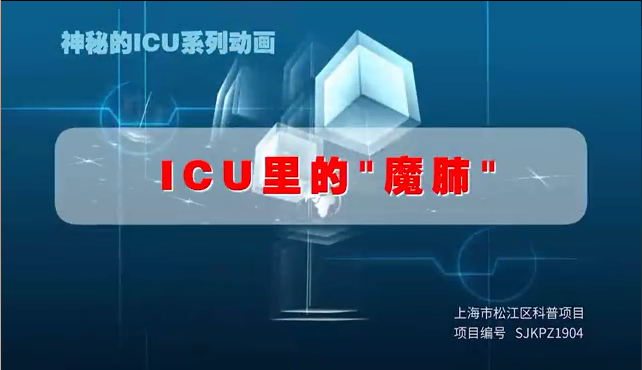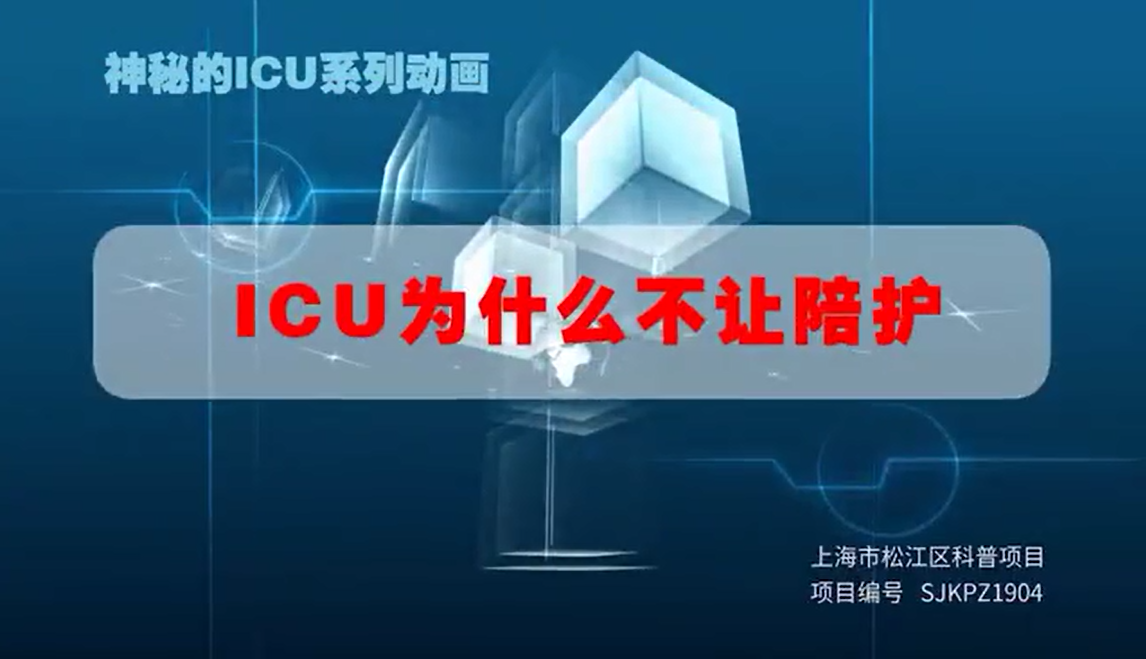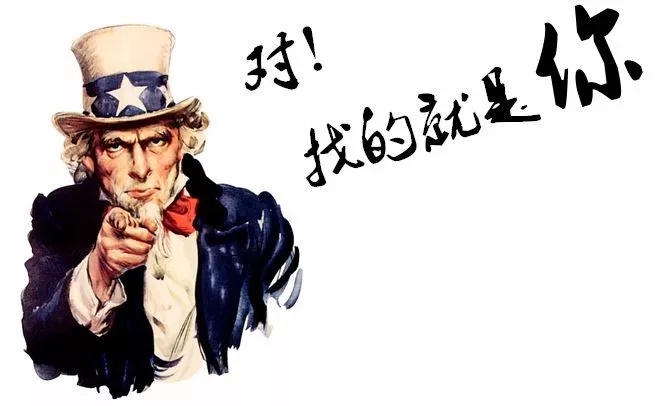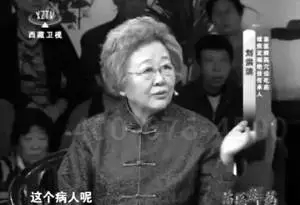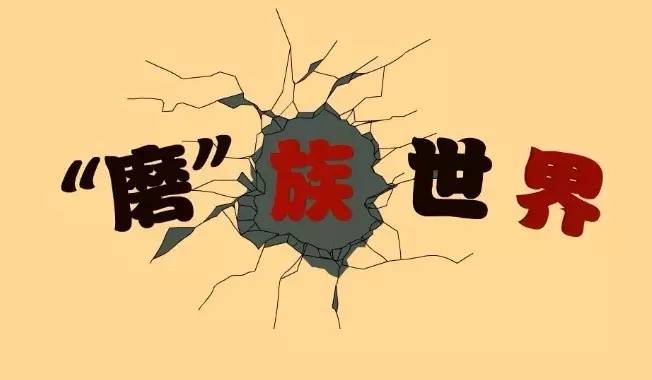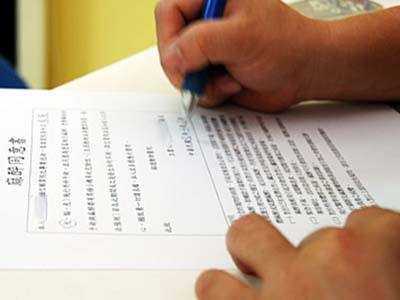这是 达医晓护 的第 1626 篇文章
很多父母发现自己家乖巧甜蜜的天使宝宝过了1岁生日以后脾气变坏,很难哄,动不动就会哭闹,尖叫,乱踢,乱跑,不听话,很执拗等等,难道这就是人家说的 terrible two and three 吗?还是因为我们全家齐心协力把宝宝宠坏了呢?

为什么会发脾气?
其实发脾气是小朋友发育过程中正常的现象。在学步期和上幼儿园的孩子发脾气相当普遍,最常见于1-3岁这个年龄。当然,有些孩子发脾气很厉害,有些就还可以,这是他们情绪上遇到困难的表达方式。发脾气是因为孩子在这个年龄刚开始发展社交技能和情绪控制技能。
大多数孩子在开始能用语言来表达自己之前和学习过程中有相对较多的发脾气的现象。这是因为在他们能完全用语言表达自己之前,经常找不到词来表达情绪,他们会有挫败感,在饥饿或不开心时,发脾气是一个相对简单的方法能帮助他们去得到想要的。同时,他们要更多自由,但又害怕和你分开。他们正在发现他们能够改变这个世界运作的规律。所以,发脾气是幼童表达和管理控制其情感的方法,也是他们试图了解或改变他们周边所发生事情的方法。大一点的孩子发脾气可能是因为他们还没有学会更恰当的方法来表达或管理控制情感,或有些大一点的孩子发展自我调节能力的起步比其他孩子要晚。
Why tantrums happen
Tantrums are a normal part of development. They are extremely common in toddlers and preschoolers, with the most happen between ages 1 and 3 years. As so many of us know, some kids are huge tantrum throwers, and some are not. They are how young children deal with difficult feelings. Tantrums happen because children’s social and emotional skills are only just starting to develop at this stage.
Many children have more tantrums prior to and around the time of language development. Kids often don’t have the words to express emotions before they are fully verbal, they’re frustrated, and in that sense of frustration or hunger or dissatisfaction, tantrums can be an easy way for kids to try to get what they need. They want more independence but fear being separated from you. And they’re discovering that they can change the way the world works. Therefore, tantrums are one of the ways that young children express and manage feelings, and try to understand or change what’s going on around them. Older children can have tantrums because they haven’t learned more appropriate ways to express or manage feelings. Or some older children might be slower than others to develop self-regulation.

哪些因素会增加幼童和学龄前儿童发脾气的机会?
·性格:影响到孩子对那些让他感到沮丧的事情反应有多快和多强烈。容易生气的孩子更有可能发脾气。
·紧张,饥饿,疲累和过度刺激:会增加孩子表达和控制其情绪和行为的难度。
·强烈的情绪:比如挫败感,担心、害怕、羞耻和愤怒会把孩子压垮。
·被大人说“不”的时候或被要求做某件事时
·孩子无法应付的情况:比如,一个学步孩子可能受不了大一点的孩子拿走玩具。
如何减少孩子发脾气的机会?
·减少压力:疲累、饥饿和过分刺激会增加孩子发脾气的机会。
·跟踪孩子的情绪变化:如果你知道孩子的感受,你就有可能察觉他的情绪是否要出现大的起伏。你可以解释正在发生的事,帮助孩子控制强烈的情感;你还可以试着转移孩子的注意力来避免孩子情绪失控发脾气,比如换个房间,换个安全而又吸引人的玩具,换一项活动,唱歌等等。
·识别发脾气的诱因:比如,你在购物时孩子可能会发脾气。你可以通过提前做安排或变换环境来避免他发脾气,让孩子睡一小觉或吃点东西后再去购物等等。
·有技巧地说“不”:给予选择,比如,“你不能吃糖,你看,我们要不要香蕉或者一些葡萄?”
·如果孩子是被要求做某件事时是发脾气的诱因:可以先确认你的要求是否合理,如果是他做不到的话更可能会发脾气。当你需要做某件事或他需要从一个活动转移到另一个,则需要事先告知,这样的话,他就知道他的活动将会有变化。另外,有可能的话,提供更多的选择。
·如果孩子是因为挫败感而发脾气:在孩子发脾气前,先提供帮助;把引起孩子挫败感的玩具或游戏暂时先置之一旁;花费一些时间教孩子怎么使用或怎么玩;鼓励孩子在需要的时候寻求帮助。
·和孩子谈情绪问题:当孩子控制不住情绪时鼓励他说出自己的感受以及背后的原因:比如问孩子“你扔玩具是不是因为你气它不好用啦?能不能换一种做法呢?”。
·帮助孩子学会用更好的方法来达到自己发脾气所要达到的目的:比如,发脾气的目的是表达挫败感,你可以帮助他学习用语言来表达出来。
·对于稍大些的孩子,表现好时要给予大大的表扬作为奖励:比如,当他说出“生气”这个词来表达强烈的情绪,或在发脾气前能自己安静下来。
Which factors can make tantrums more likely to happen?
·Temperament: this influences how quickly and strongly children react to things like frustrating events. Children who get upset easily might be more likely to have tantrums.
·Stress, hunger, tiredness and overstimulation – these can make it harder for children to express and manage feelings and behaviour.
·Strong emotions: frustration, worry, fear, shame and anger can be overwhelming for children.
·When being told ‘no’ or being asked to do something
·Situations that children just can’t cope with: for example, a toddler might have trouble coping if an older child takes a toy away.
How to make tantrums less likely to happen?
·Reduce stress: Tired, hungry and overstimulated children are more likely to experience tantrums.
·Tune in to your child’s feelings: If you’re aware of your child’s feelings, you might be able to sense when big feelings are on the way. You can talk about what’s going on and help your child manage difficult feelings. You might also be able to distract your child.
·Identify tantrum triggers: For example, your child might have tantrums when you’re shopping. You might be able to plan ahead or change the environment to avoid tantrums. For example, it might help to go shopping after your child has had a nap and a snack.
·Using some strategies to say ‘No’: Offer choices – for example, ‘You can’t have a lolly. Do you want a banana or some grapes?’
·If being asked or told to do something is a trigger: Check that your instructions are reasonable. Tantrums are more likely if your child can’t do what she’s being asked to do. Let your child know in advance when you have to do something or he has to make a transition from one activity to another. This way, he knows his activity is about to change. Offer choices where possible.
·If frustration is the trigger: Provide help before the tantrum. Put frustrating toys or activities out of reach. Spend some time teaching your child how to use or do the thing she finds frustrating. Encourage your child to ask for help when he needs it.
·Talk about emotions with your child: When your child struggles with a difficult feeling, encourage him to name the feeling and what caused it. For example, ‘Did you throw your toy because you were cross that it wasn’t working? What else could you have done?’
·Help your child with the purpose of her behaviour by helping her learn a better way to achieve the same purpose: For example, if expressing frustration is the purpose of the tantrum, you could help her use words to express frustration.
·Reward your child him with lots of enthusiastic praise when your child behaves well: for example, when he names a difficult emotion like ‘cross’, or he calms down before a tantrum starts.

如何应对孩子发脾气?
有时不管你怎么做都无法避免孩子发脾气,这个时候可以采取以下方法来处理:
·保持镇静(或装出镇静的样子):需要的话给自己一点时间。如果你生气,你们两个人要应付的局面会更加困难。如果你准备说些什么,语调一定要保持平静和平稳,行动要有目的而且要缓慢。
·认同孩子的强烈情绪:比如,“冰淇淋从筒里掉出来真让人生气,对吗?”这有助于防止行为失控而且给孩子一个机会重新调节他的情绪。
·等着让脾气发出来:和孩子呆在一起,让孩子知道你就在身边。不要和孩子讲理或转移他的注意力,开始发脾气了才这么做已经晚了。
·需要的话你得管起来:如果孩子发脾气是因为他想要什么,不要给他;如果孩子拒绝做什么,那就要使用你的判断力了。比如,如果孩子拒绝从浴缸里出来,把塞子拿掉可能比把孩子拎出来要来的安全。
·态度要前后一致并且要平静:如果孩子发脾气时你有时给他东西、有时不给他,问题会变得越来越严重。
·确保你不会在不经意间鼓励发脾气这种行为:比如,如果孩子因为你不同意给他买糖而发脾气、随后你买了糖,这就是对发脾气的奖励。在孩子发脾气时你大声冲他喊叫或求他也是一种奖励,因为孩子得到了你的注意。
·对于学龄前孩子有时可以利用承担后果这个管教策略: 这个年龄段的孩子能更明白他们的行为有哪些影响或后果,家长可以通过实施“取消乐子”(短时间剥夺他享受/找乐子的权利)或“隔离/禁足”的方法来控制孩子的行为。
·零容忍:当孩子发脾气时有比如打人, 踢人,咬人或冲到马路上等不安全的行为,应该采取零容忍态度,应该马上制止并告诉他这是绝对不可以的。
当孩子发脾气时,你需要记住的几点
处理孩子发脾气问题是非常耗体力和耗精力。你可能会有直接结束孩子发脾气的冲动,不过,在确保孩子安全的前提下建议先深呼吸,让自己保持镇静,然后再决定对策。
·制定一个应付发脾气的策略:清楚地写下在任何情况下你将如何应付孩子发脾气的计划。孩子发脾气时要专注于按计划行事。
·承认你无法直接控制孩子的情绪或行为:你只能保证孩子安全并引导孩子的行为,这样今后孩子发脾气的机会要小些。
·承认需要花时间做出改变:在脾气永远消失前孩子还有很长一段成长的道路要走。发展和练习自我调节技能是一项终身任务。
·不要忘记你的幽默感:但不要嘲笑孩子发脾气,否则这是在用你的注意奖励孩子,甚至会进一步激怒他,因为他会觉得你在嘲笑他。
·不要有孩子故意发脾气或故意气你的想法:孩子不会故意发脾气, 他们只是养成了坏习惯或现在还没有应付这种状况的技能。
·不要根据你孩子发脾气的次数来判断你是否是一个称职的家长:要记住所有孩子都会发脾气。把重点放在如何对孩子发脾气做出反应。
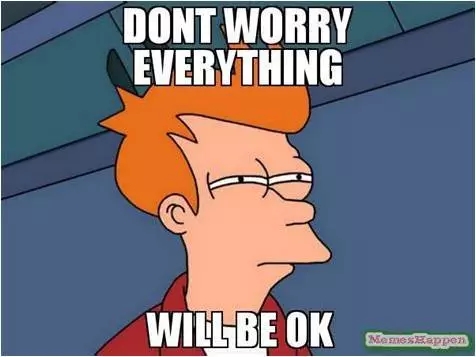
How to handle tantrums when they happen:
Sometimes tantrums happen, no matter what you do to avoid them. Here are some ideas to deal with:
·Stay calm (or pretend to!). Take a moment for yourself if you need to. If you get angry, it’ll make the situation harder for both you and your child. If you need to speak at all, keep your voice calm and level, and act deliberately and slowly.
·Acknowledge your child’s difficult feelings. For example, ‘It’s very upsetting when your ice-cream falls out of the cone, isn’t it?’. This can help prevent behaviour getting more out of control and gives your child a chance to reset emotions.
·Wait out the tantrum. Stay close to your child so she knows you’re there. But don’t try to reason with her or distract her. It’s too late once a tantrum has started.
·Take charge when you need to. If the tantrum happens because your child wants something, don’t give him what he wants. If your child doesn’t want to do something, use your judgment. For example, if your child doesn’t want to get out of the bath, it might be safer to pull out the plug than to lift him out.
·Be consistent and calm in your approach. If you sometimes give your child what she wants when she has tantrums and you sometimes don’t, the problem could get worse.
·Make sure you don’t accidentally reward tantrums. For example, if your child has a tantrum because you say no to buying her a lolly but then you buy the lolly, this rewards the tantrum. Shouting or pleading with your child when she has tantrums can also be a reward, because it gives your child attention.
·For preschool children, sometimes parents can use consequences to manage your child’s behaviour, such as time out or taking away a privilege. They are better able to understand that their actions have effects or consequences.
·Zero-tolerance policy: Do not ignore behaviors like hitting, kicking, biting, running into the street or in danger. Have a zero-tolerance policy. Stop it immediately and make sure that you let him know that it’s absolutely not acceptable.
Key points to remember
Dealing with tantrums can be very draining and stressful. You might feel you need to step in to end a tantrum straight away. But if it’s safe, it can help to take a breather while you decide how to respond.
·Develop a strategy for tantrums. Have a clear plan for how you’ll handle a tantrum in whatever situation you’re in. Concentrate on putting your plan into action when the tantrum happens.
·Accept that you can’t control your child’s emotions or behaviour directly. You can only keep your child safe and guide your child’s behaviour so tantrums are less likely to happen in the future.
·Accept that it takes time for change to happen. Your child has a lot of growing up to do before tantrums are gone forever. Developing and practising self-regulation skills is a life-long task.
·Keep your sense of humor. But don’t laugh at the tantrum – if you do, it might reward your child with attention. It might also upset him even more if he thinks you’re laughing at him.
·Beware of thinking that your child is doing it on purpose or is trying to get you. Children don’t have tantrums deliberately – they’re stuck in a bad habit or just don’t have the skills right now to cope with the situation.
·Don’t judge yourself as a parent based on how many tantrums your child has. Remember that all children have tantrums. Instead, focus on how you respond to the tantrums. And remember to focus on how to respond to the temper tantrums.
延伸阅读
部分图片摘自网络,如有侵权请告知,予以删除。
发表评论






 收藏
收藏
 赞
赞







